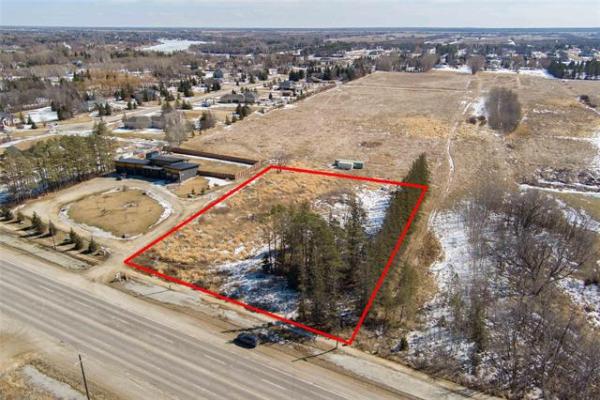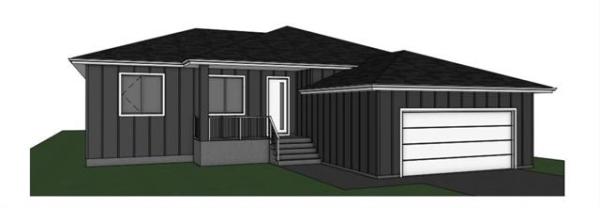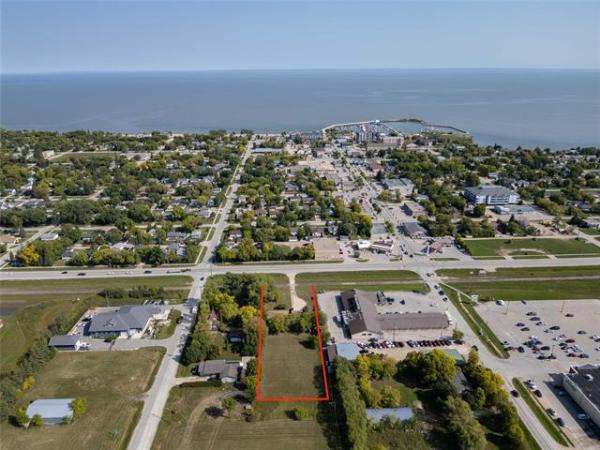QUESTION: I am having a problem with the operation of my garage door during cold weather. This seems to only occur when it is -30 C or colder, without the windchill.
Mine is your average 16-foot-wide door with a Liftmaster Model 3800PC wall-mounted garage-door opener. The garage door always opens properly. But on very cold days it begins to close with the first panel coming down about one foot, then stops and reverses to the fully open position.
In order to get the door to close I have to pull on the emergency-release rope, pull the door closed manually and engage the emergency-release cable again. The door will then open properly but not close properly if it's fully opened.
The door and opener were installed in mid-2012 in a newly built house. The installation company has adjusted the door twice this winter to try and solve the problem. It works for awhile and then malfunctions.
The garage door is insulated, but the exterior walls and ceiling of the garage are not. There is some frost buildup on the inside of the garage door. Once the weather warms up, the door works properly. I'm unsure of what to do next to try to solve this problem.
Thanks, Doug Witt
ANSWER: While I suspect that the recent extreme cold has something to do with your problem, maladjustment of the opener or door is the overriding cause.
I think the reason your door-opener problem only occurs in sub-30C weather is due to contraction of the steel door, track or chain/belt of the opener. Many mechanical devices start to act funny when the weather reaches such extremes, usually because lubricants thicken and components shrink.
Many things expand and contract with changes in temperature, and certain metallic and plastic parts are the worst offenders. If tolerances are not built into the components to compensate for this cold-weather shrinkage, problems can occur.
First, the problem could be with the chain or belt drive that the opener uses to operate the "traveller" and move the door up and down. This type has considerable flexibility since the chain will normally have some sag that may only lessen in cold weather.
Other openers use a steel cable in place of the chain, which may have less resistance to contraction but still causes little problems in the cold.
Some higher-end or ultra-quiet openers have synthetic belts, which provide smoother and less-noisy operation. Unfortunately, these can have less tolerance to thermal expansion and contraction, affecting performance. If the composite belt becomes too short or too stiff in cold weather, it may jam and cause the opener to automatically stop.
The other two issues, which may be connected, involve components that may be out of adjustment. The door rollers, track and springs should be checked to ensure that the door is operating properly. This can be done by disengaging the opener and manually rolling the door up and down to ensure proper tension and smoothness of operation.
The other adjustment may be on the door closer itself. Most openers have a sensitivity adjustment to set the desired amount of resistance required to engage the safety back-up feature. If this is set at the minimum, which is ideal if there are small children in the home, the door may provide more resistance to the opener in cold weather, setting off the safety back-up prematurely. This can be changed by using the adjustment dials or knobs, often visible on the outside of the housing.
I'd start by adjusting the sensitivity yourself during cold weather, checking to make sure the door still reverses when you provide moderate resistance at the bottom third of the closing cycle.
If that doesn't fix the problem, and the door works well when the opener is disengaged, it may be the opener itself. If it has a belt that is not well suited to our sub-arctic winters, replacement with a chain-drive model may be your only option.
Ari Marantz is the owner of Trained Eye Home Inspection Ltd. and the President of the Canadian Association of Home & Property Inspectors - Manitoba (www.cahpi.mb.ca). Questions can be e-mailed to the address below. Ari can be reached at (204) 291-5358 or check out his website at www.trainedeye.ca.
trainedeye@iname.com



